
This article originally appeared in the September/October 2020 issue of Museum magazine, a benefit of AAM membership.
A collection initiative at the National Museum of American History gives voice to undocumented immigrant activism.
On March 5, 2018, hundreds of demonstrators gathered outside the National Museum of American History in Washington, DC, in a last-ditch effort to push Congress to vote on the DREAM Act, which would grant undocumented youth a pathway toward citizenship. Only six months before, President Donald J. Trump had rescinded Deferred Action for Childhood Arrivals (DACA), which protected some undocumented youth from deportation.
On this day, however, it became clear that Congress would not act, and the political history curators from the National Museum of American History were ready. Following routine collecting procedures, they spoke with several demonstrators and collected several posters; T-shirts; and a pair of monarch butterfly wings, a symbol of the movement.
Ordinarily, this collecting would have completed the museum’s work until the next protest, march, or demonstration in Washington, DC. This time, we wanted to dig deeper because the actions of the undocumented activists seemed qualitatively different. We were witnessing civically engaged activists who—without citizenship or the power to vote—were successfully engaging in politics on many levels. They were influencing national policy, shaping public opinion, challenging local governments, and galvanizing Congress to act on their behalf.
Commonly referred to as “DREAMers,” undocumented organizers had become an unlikely political voice during a time of increased hostility toward immigrants. Moreover, the organizers demonstrated innovation and adaptability. At first, undocumented activists focused on gaining access to higher education and legalizing their status. Over time, the movements became more community-centered, addressing intersecting issues affecting daily life, such as health care, affordable housing, reproductive rights, deportation pipelines, and national political campaigns.
As historians and educators, we know that individual voices, especially those from at-risk communities, tend to get lost or ignored in the national record. Here was an opportunity to correct this. Through contemporary collecting, we could speak directly to the organizers to secure their firsthand accounts for future generations.
To do this, we had to go beyond the National Mall and one-time collecting. This was not just one movement, but multiple movements in different regions that don’t look the same. Therefore, we had to engage in community-based collecting to learn from the undocumented experts who are redefining what it means to be American.
Nancy Bercaw, curator at the Division of Political History at the National Museum of American History, applied for a Smithsonian Latino Center grant to contract with Patricia Arteaga as project lead and José Centeno-Meléndez as oral historian. Together, we began a project in which two or three people could record a rare moment in American history.
Our Goals and Processes
Our first goal was to create a national repository for undocumented organizers to share their knowledge and experience. Second, we wanted the collections to reflect the diversity and creativity of these movements. Finally, we wanted to use digital resources to share the collections and oral histories with the public, highlight a significant national moment, and open the museum to new audiences.
The project, “Transformative Politics: Undocumented Immigrant Activism 2000 to Present,” is a six-site initiative to provide the public with unfettered access to the voices and perspectives of undocumented organizers through the collection of objects and oral histories. The sites—Washington, DC; North Carolina; Southern California; Nebraska; Chicago; and Mexico City—are emblematic of the different strategies organizers are using depending on regional policies, organizing structures, and histories. The Mexico City site looks into organizers’ voluntary or forced deportations and how they adopt and reform their strategies in their home country.
1. Selecting Communities
Selecting communities from vibrant and complex movements was difficult. We began by researching and reaching out to scholars and organizers. We wanted a good geographic spread to represent how undocumented organizing is occurring across the United States. We knew that experiences varied widely depending on state and local laws and on how established the immigrant rights communities were in
each place. The six sites encompass cities, rural states, the nation’s capital, and one international location to provide a wide breadth of experiences.
2. Feedback
We are talking to as many people as possible—organizers, scholars, educators, observers, and artists—in each location to reflect what makes it unique and important. We ask for recommendations on who else we should talk to, what groups we should be aware of, and what we might be overlooking. To be community-centric, we identified people already doing the groundwork—both scholars and undocumented organizers—whose guidance is crucial.
3. First Site Visit
The team conducts the first site visit to meet and talk with possible participants. During this first meeting, we want to get to know one another; we do not record or ask about objects at this point. This is key. For the most part, the participants understand what we are trying
to accomplish with the project at this point, but it’s important to first interact with each other, share food, and listen. The team does not come with a list of questions or tell possible participants what we are looking for. We don’t know what we are going to learn in these site visits, and we arrive with an open mind.
4. Reevaluate
We are changed by each visit, and it takes us at least two weeks to digest what we have learned. In the process, the project changes as well. This occurred most profoundly when we traveled to Los Angeles in September 2019, where we also met organizers from Orange County and San Diego. After that meeting, we realized that we had to expand the study to each of those areas. Enforcement created sharply different political environments, and the organizations in the three areas differed in structure, tactics, and philosophy.
5. Recordings and Collections
On the second visit, we return to record the oral histories. José works closely with each participant to ensure that the recorded narrative reflects the individual’s vision and voice. Many undocumented organizers have been using personal narratives as a political strategy for the past 10 years in an effort to humanize their experience. They are used to being recorded, and many are frustrated with the limits of storytelling that centers on their lack of legal status.
Our first task is to create an environment where the person being interviewed controls the structure and form of the interview so they can speak about their political work. More importantly, they get to share what informs them as a person. José also emphasizes that each
individual has control over whether they donate their oral history to the museum or keep it for themselves.
If the oral history is donated, we have it transcribed and then send it to the participant for review. The project is a collaboration with at-risk communities whose members are facing deportation. Therefore, we check the interviews several times and encourage participants
to redact the recordings when necessary.
6. Public Access/Sharing
We have no immediate plans for an exhibition; however, “Undocumented Organizing” material will be on view this fall in the “Girlhood (It’s Complicated)” exhibition at the National Museum of American History and will be part of the opening exhibition of the Smithsonian Latino Center’s Molina Gallery in 2021.
For more immediate public access, we intend to use social media and the National Museum of American History website to provide access to the oral histories, objects, and stories featuring organizations, strategies, and individuals’ experiences. Ideally, we would like participants and their communities to be able to see and share the stories as soon as the collections are processed.
Our Ever-Evolving Work
We recognize that this year is pivotal for many of the organizers we are collaborating with in terms of elections, Supreme Court decisions, and placing crucial issues on the forefront. This movement is not just about gaining legalized status, but about creating a new recognition of what citizenship can look like and how to aid your community along the way. This is what we have learned from the organizers who have told us about their work.
Through this project, we hope to record not just a moment in time or how a new political voice emerged, but also how this movement asks key questions:
- How can we civically engage within our own communities to address policies that are detrimental to people’s livelihoods?
- How can we change our future when lives are inextricably rooted in systems of oppression?
- Who gets to define what it means to be an “American”?
- Who belongs?
Those are the questions we are posing every day in our work at the National Museum of American History and with this project.
Building Trust
As we navigate two very different worlds, we repeatedly encounter questions of trust that inform our process. How can the people we work with in their communities trust us as a federal institution? How do we build trust in order to redress past Smithsonian practices? Or how do we introduce the museum to those who are unfamiliar with the Smithsonian or with museum-going more generally?
A key component is the partnerships we have with undocumented organizers. They are trusted figures within the sites where we are working, and they consult with us.
Within the institution, we also work hard to build trust. This involves positioning the project in relation to existing collections and past practices. We emphasize that the Smithsonian has collected contemporary issues since the Civil War, and the collections reflect other movements in which people without citizenship or the vote effected great change.
With this reasoning in place, we reach out to the Smithsonian Office of Government Relations, members of Congress, the Office of the
General Counsel, and the Smithsonian and National Museum of American History public affairs offices to make sure everyone is informed
about the project. All this takes time, so we also ask for patience!
Nancy Bercaw is the curator and Patricia Arteaga is curatorial project lead of the Division of Political History at the National Museum of American History in Washington, DC.

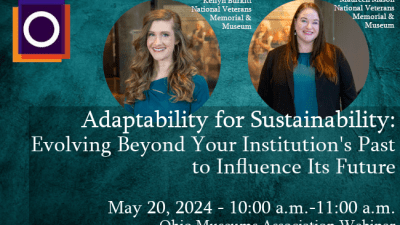
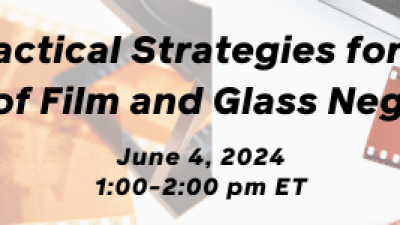
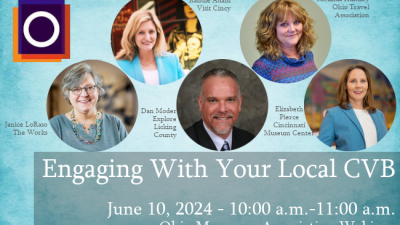
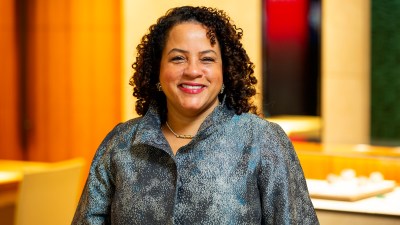
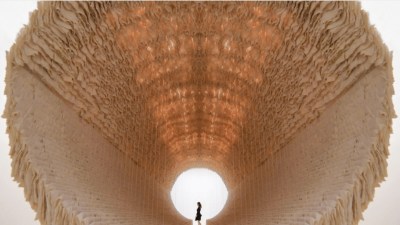
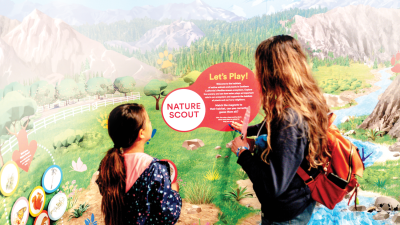
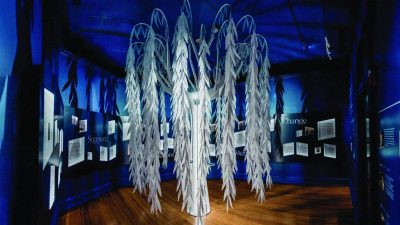
Comments